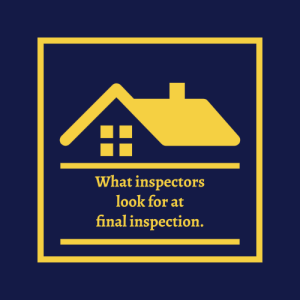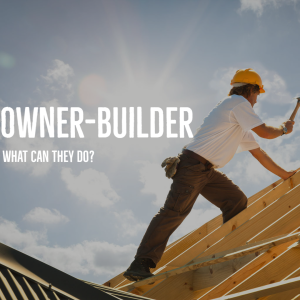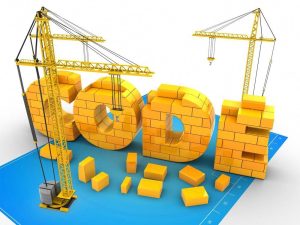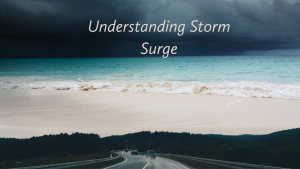november 2021, issue 1
ELITE PERMITS
BRIEFING ON CONSTRUCTION & Some other stuff
Written by TATIANA gUSt
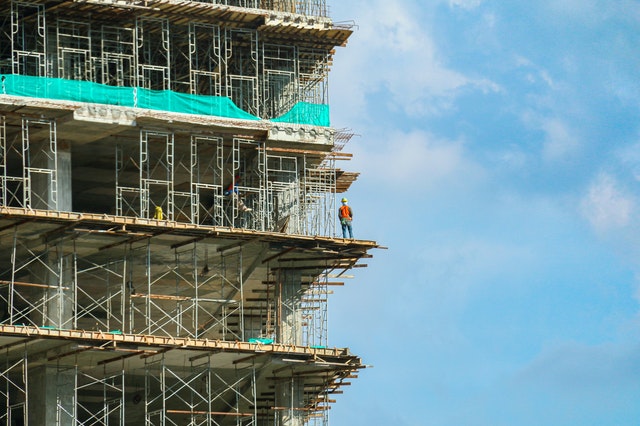
You might think at first that all buildings are built the same, but there are some small differences that make the permitting and inspection process trigger different requirements, depending on the type of construction.
Elements like occupancy classification, height of the building, and fire area per floor will be determinant factors on the type of construction. Your design professional will use these characteristics to determine the best type of construction for your project, considering the associated cost and protection of life and property in case of an emergency.
When applying for a permit, the type of construction will be a required field that the building department needs to know when processing the permit. For new projects, your design professional will list it on the plans, but for smaller projects you may have to make the determination based on the existing conditions. It is very important that you provide the correct information as different requirements may apply based on the construction type.
The main difference between the five different types of construction is the materials allowed to build the buildings.
In this blog we want to share with you a brief explanation of each type, and the links to our YouTube videos where we give a more detailed explanation.
The five types of construction are:
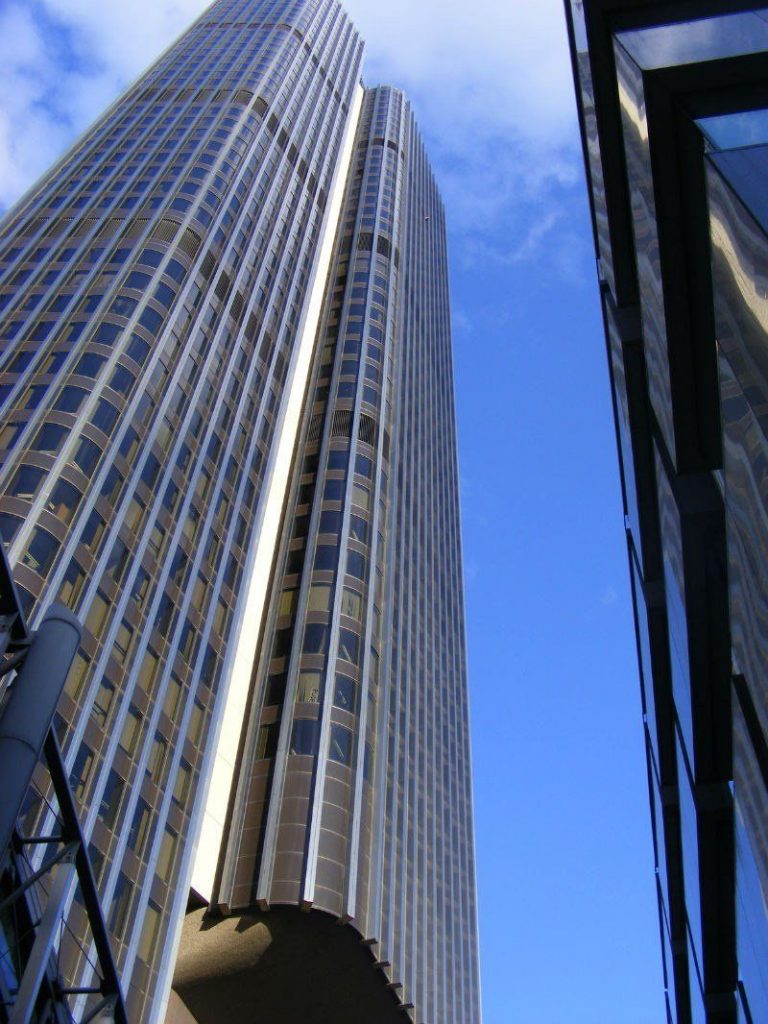
- Type I – Fire-resistant (IA & IB): In Type I construction, all the materials are noncombustible, and structural elements have a minimum required fire resistance rating established by the code. This is the best type of construction, it is usually used for high-rise or large commercial buildings (ie: arenas, large movie theaters, etc.) where the potential for loss of life is really large. (YouTube video: Type I Construction (IA & IB) Explained)
- Type II – Non-combustible (IIA & IIB): This type of construction is also where all materials are non-combustible, however, the fire resistance rating of the structural elements is lower than in type I construction. This is usually seen in commercial buildings, such as retail shopping plaza or metal storage buildings where the potential for loss of life is still significant but much less than in larger gathering venues. (YouTube video: Type II Construction (IIA & IIB) Explained)
- Type III – Ordinary (IIIA & IIIB): This is a typical non-combustible fire rated exterior walls which have a minimum of 2 hr. fire resistance (I.e concrete block), and everything else is any material allowed by the code. We see this in low-rise buildings or restaurants where the exterior walls are block and the roof is wood trusses. Interior walls can be of any material as well. (YouTube video: Type III Construction (IIIA & IIIB) Explained)
- Type IV – Heavy Timber: This type of construction uses structural elements which are combustible (wood) but are considered to have certain fire resistance; this is known as heavy timber construction. This construction type requires the structural wood elements to meet a minimum dimensional size requirement; it is difficult for fire to penetrate and spread which means that buildings don’t burn easily in case of a fire, thus providing the occupants time to evacuate the building (YouTube video: Type IV Construction Explained)
- Type V – Wood-frame (VA & VB): This type is used in smaller structures where the loss of human life is significantly reduced, since the occupants are able to leave the building fast (easier to get out of smaller buildings). This type of construction allows any material allowed by the code, even non-combustible or fire rated materials. If the building is small enough, it can always be classified as this type of construction. This is the most widely used type of construction since single family homes are usually built with a variety of materials (YouTube video: Type V Construction (VA & VB) Explained)
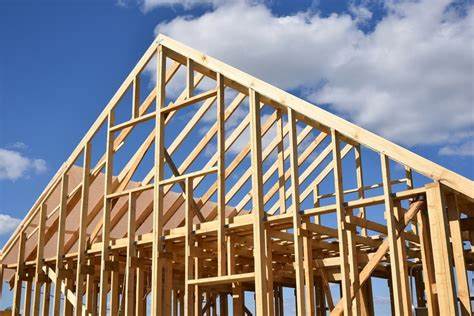
What do A and B mean? A means protected and B means unprotected, in simpler terms, A has fire resistance rating and B has a lesser fire resistance than type A or none (it has nothing to do with sprinklers as many believe).
We hope that this provides you with a guide on what the type of construction your project is, as this will be important during the inspection process. You don’t want to be using combustible materials on a type I or II construction It is important to know in advance so you don’t have to redo work.
At Elite Permits we can do this and so much more for you, don’t hesitate to contact us to learn more or request our services!




